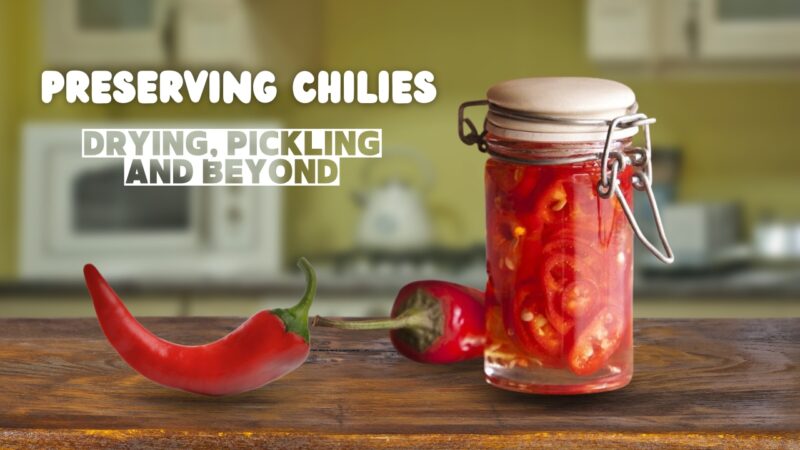Throughout my years of experience as a master chef, I was always fascinated by the versatility of ingredients. One that continually amazes me is the humble chili pepper, an ingredient that can be transformed through various preservation techniques.
Once, while exploring a bustling market in Mexico, I found myself captivated by an array of chilies – fresh, dried, and pickled. That was a turning point in my culinary journey, one that led me to appreciate the depth and variety that preservation techniques can bring out in chilies. Today, we embark on a flavorful journey exploring these methods and unlocking the secrets of chilies in the process.
Drying
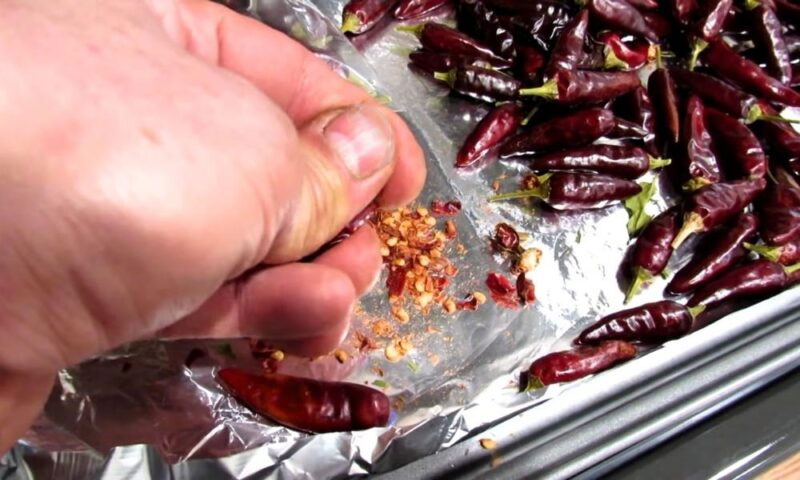
Drying is a tried-and-true method for preserving chilies that date back centuries. This technique not only extends the shelf-life of these fiery pods but also intensifies their heat and imparts a distinct smoky depth.
The Process
Drying chilies might seem simple, but the process is steeped in art and tradition. The type of chili, the drying method used, and even the climate all play a crucial role in the end result.
The process starts with picking the right ones. The ideal candidates for drying are mature chilies with thick flesh. After selection, they need to be cleaned and prepared for drying. The traditional method is to hang them in a well-ventilated, warm, and shady area. It may take a few weeks, but the wait is worthwhile, as the slow drying process maximizes the flavor concentration.
On the other hand, modern methods involve using appliances like dehydrators or ovens for a faster drying process. While these methods are efficient, they may not always deliver the same depth of flavor as the traditional method. The key is to keep a low temperature and to turn the chilies regularly to ensure even drying.
Cooking with Dried Chilies
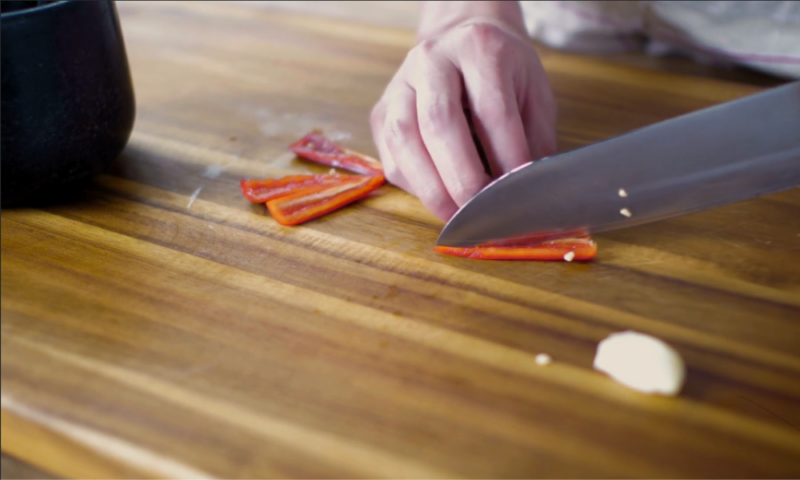
Dried variations are culinary powerhouses, each offering its unique heat profile and flavor nuances. Their uses extend far beyond the simple flakes you sprinkle on your pizza.
One of the simplest ways to unlock their flavor is to rehydrate them. Soak dried chilies in warm water for 20-30 minutes until they become pliable. This makes them perfect for blending into sauces or pastes. From Mexican mole sauce to Indian curry pastes, dried chilies add depth and heat that are hard to replicate with fresh ones.
Another excellent way to use dried chilies is to dry roast them. Heat a skillet and toss inside. As they toast, they release their volatile oils, filling the air with an enticing aroma. Once cool, you can grind them into a fine powder. This homemade powder will make a noticeable difference in your dishes, packing a punch that store-bought versions can’t compete with.
Pickling
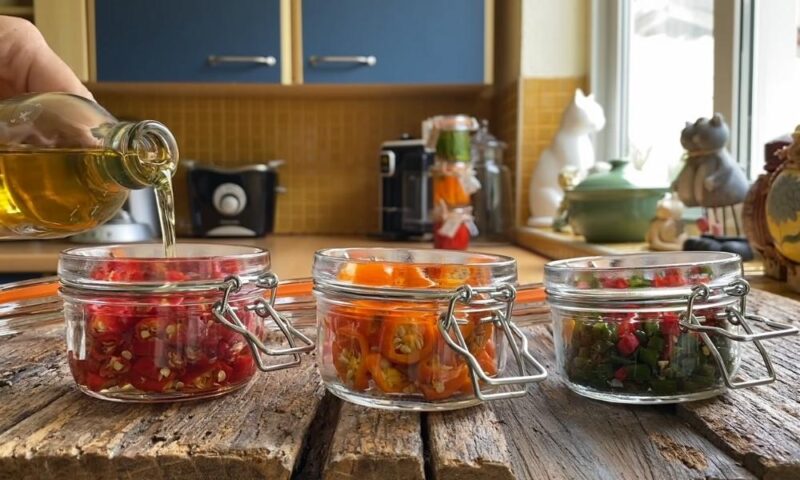
Pickling is another age-old method of preserving chilies. It involves immersing them in a brine of vinegar and salt, often along with various spices. The result is a tangy, spicy delight that adds a refreshing kick to your meals.
The Process
Pickling is not just a preservation technique but a flavor transformation process. It involves a few steps, but the end result is a tangy chili that can be used in numerous dishes.
First, choose your chilies. Most varieties work well, but it’s important to remember that the heat level will be retained in the pickling process. After washing and drying them, you may slit, slice, or leave them whole. The shape and size will depend on your intended use.
The brine is the next critical component. A basic brine includes vinegar, water, salt, and sugar. You can also add spices to give your pickled chilies a unique flavor twist. Common choices are mustard seeds, coriander seeds, and cloves. Once the brine is boiled and cooled slightly, it’s poured over the chilies, which are then sealed in sterilized jars.
Savoring Pickled Chilies
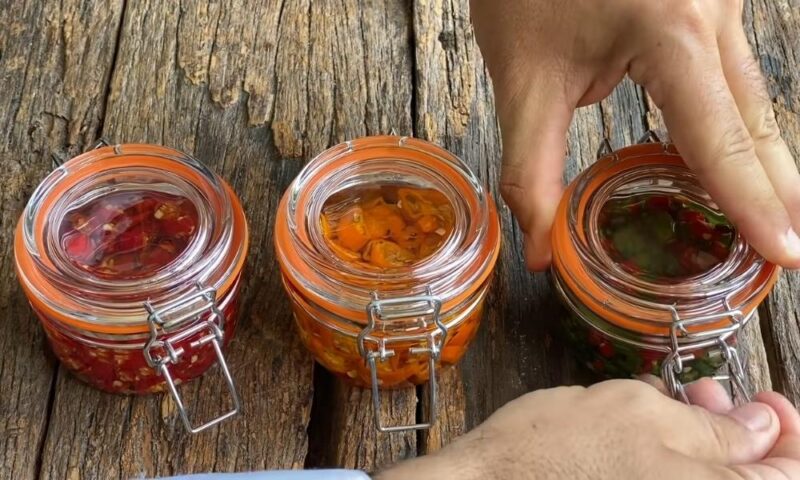
Pickled chilies are a great addition to any dish that can use a tangy, spicy boost. They’re incredibly versatile and can be incorporated into a wide array of recipes.
They are an excellent topping for sandwiches, burgers, and hot dogs, adding a burst of flavor that complements the other ingredients. They can also be chopped up and used in salads, providing a tangy and spicy kick that contrasts wonderfully with the freshness of the greens.
Another great use is in Asian cuisine. They pair wonderfully with the rich flavors of stir-fry dishes, noodle bowls, and fried rice. And let’s not forget about tacos! The tanginess of pickled chilies cuts through the richness of the meats, creating a balance of flavors that is simply irresistible.
Alternatives for Preservation
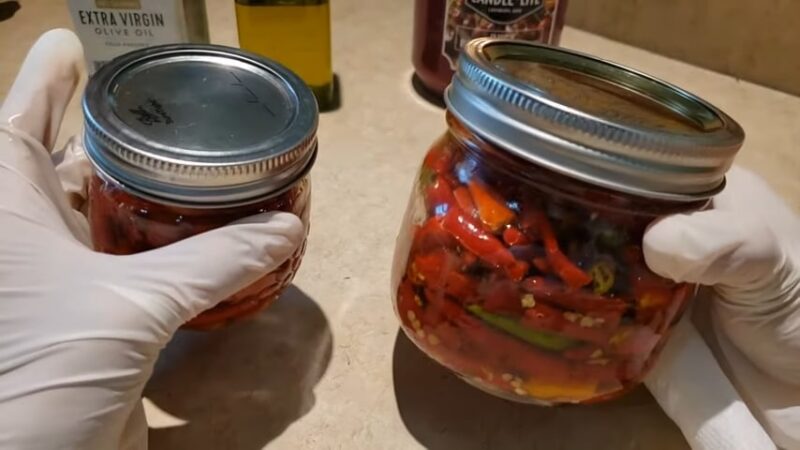
While drying and pickling are the most common methods, there are many other ways to preserve chilies, each with their unique flavor profiles.
Making Pastes
Chili pastes are a popular way of preservation, especially in Asian cuisine. The process usually involves blending chilies with salt and other ingredients like garlic, sugar, and vinegar.
To make a basic paste, start with fresh chilies. Remove the stems and seeds if you want a milder paste. Blend them with salt, a bit of sugar, and a splash of vinegar until you achieve a smooth consistency. This paste can be stored in a sterilized jar and kept in the fridge for several months.
The beauty of this kind of paste lies in their adaptability. You can adjust the recipe to your taste and even add ingredients like lemongrass, ginger, or shallots for extra complexity. The resulting paste can be used in stir-fries, marinades, or as a spicy base for soups and stews.
Preservation in Oil
Preserving chilies in oil is another method that packs a double benefit – you get flavored chilies and a spicy oil to use in your cooking.
The process begins by sterilizing a jar and filling it with whole or sliced chilies. After adding some salt, fill the jar with oil, ensuring that they are completely covered. The oil creates a barrier that prevents bacteria from reaching the chilies, thus preserving them.
When preserved in oil they are great for adding to pasta sauces, stews, or pizzas. The chili-infused oil can be used for sautéing, in salad dressings, or simply drizzled on bread for a spicy kick. Remember to always use a clean utensil to take out the chilies and ensure they stay submerged in the oil for the best preservation.
Final Words
As we have explored, the world of chilies is vast and versatile. From drying to pickling, making pastes to preserving in oil, each method imparts unique flavors and textures that can elevate any dish. So, next time you find yourself with a bounty of chilies, why not try one of these preservation methods and embark on your own culinary adventure?

